13+ Predators In The Taiga Ecosystem Discussed
Examples of predators in the taiga ecosystem are the wolf, Eurasian lynx, Canada lynx, and wolverine, each with unique adaptations to survive in this northern biome. These predators play key roles in maintaining ecological balance by controlling populations of prey species. While wolves hunt in packs to bring down large ungulates, the Canada lynx is specially adapted to hunt snowshoe hares. Meanwhile, the stoat and least weasel focus on smaller mammals, and raptors like the snowy owl and eagle target birds and small mammals. Each predator faces threats from habitat loss, climate change, and human activities, emphasizing the need for conservation efforts to protect these important species and their habitats in the taiga ecosystem.
1. Wolf
The wolf, a keystone predator in the taiga ecosystem, plays a crucial role in maintaining the balance of this northern biome. Known for their intelligence and complex social structures, wolves often hunt in packs, which gives them the advantage of cooperative hunting. They primarily prey on large ungulates like elk and moose but will also consume smaller mammals when the opportunity arises. Their presence helps regulate the population of these herbivores, preventing overgrazing and promoting vegetation diversity. By controlling herbivore populations, wolves contribute to the overall health of the taiga ecosystem.
Wolves are also territorial, with each pack defending a specific area that can range from 50 to over 1,000 square kilometers, depending on the availability of resources. Their vocalizations, such as howls, serve as a communication tool to coordinate within the pack and to mark territory boundaries. Despite their significant ecological role, wolves often face threats from human activities, including habitat loss and conflict with livestock owners. Conservation efforts aim to protect wolf populations and ensure their continued role in maintaining the stability and biodiversity of the taiga ecosystem.
2. Eurasian Lynx
The Eurasian lynx is a powerful and stealthy predator in the taiga ecosystem, primarily found across Europe and Asia. With its characteristic tufted ears and thick, mottled fur, it is well-adapted to the dense forests and harsh winters of its habitat. The Eurasian lynx is a solitary hunter, often preying on a variety of mammals such as hares, deer, and other smaller animals. It relies on its keen sense of sight and hearing to stalk and ambush prey, typically at night or during twilight hours. This stealth-based hunting approach makes it a formidable predator in the taiga.
Eurasian lynxes are territorial, with adults maintaining large home ranges to ensure sufficient access to food sources. Males tend to have larger territories that overlap with those of several females, while females typically stay within their own smaller ranges. Although they primarily hunt on the ground, Eurasian lynxes are excellent climbers and will use trees for both hunting and safety. Despite their adaptability, the species faces threats from habitat loss and human activities, prompting conservation efforts to maintain their populations in the wild.
3. Canada Lynx
The Canada lynx is a feline predator uniquely adapted to the snowy and cold environments of the North American taiga. Distinguished by its tufted ears and broad, snowshoe-like paws, this lynx is a highly effective hunter in deep snow. Its primary prey is the snowshoe hare, with which it shares a unique predator-prey relationship: as hare populations fluctuate, so do those of the Canada lynx. This cyclical pattern creates a natural rhythm in the taiga ecosystem, influencing other species and vegetation growth.
Canada lynxes are generally solitary and maintain large territories, with males often covering greater distances than females. They are highly agile and can move swiftly through the snow, using their thick fur to stay warm in freezing conditions. While they are primarily nocturnal hunters, they may also hunt during the day in search of food. Despite their adaptability, Canada lynxes face threats from climate change and habitat fragmentation, as these factors impact the snowshoe hare populations they rely on. Conservation efforts are aimed at protecting their habitats and ensuring the sustainability of their prey base.
4. Wolverine
The wolverine, a member of the mustelid family, is a fierce and resilient predator in the taiga ecosystem. Known for its strength and tenacity, the wolverine has a stocky build with a thick, shaggy coat that provides insulation against harsh winters. It is a scavenger as well as a predator, often feeding on carrion left by larger predators like wolves or bears. Wolverines are also opportunistic hunters, preying on a variety of small mammals, birds, and even larger animals when the opportunity arises. Their powerful jaws and sharp claws make them capable of breaking through frozen carcasses and digging in the snow.
Wolverines are solitary and roam across vast territories, often traversing rugged and remote landscapes. They are highly adapted to cold climates, with a resistance to frostbite and a keen sense of smell that helps them locate food under deep snow. Despite their toughness, wolverines face challenges from habitat fragmentation, climate change, and human activities such as trapping and logging. Conservation efforts focus on protecting their expansive habitats and addressing the factors that threaten their survival in the taiga ecosystem.
5. Grizzly Bear
The grizzly bear, also known as the North American brown bear, is one of the largest and most powerful predators in the taiga ecosystem. These massive bears are omnivorous, with a diet that includes plants, berries, insects, fish, and small to medium-sized mammals. During the summer and fall, grizzly bears feed voraciously to build up fat reserves for hibernation in the winter. They are highly adaptable, utilizing various habitats within the taiga, from dense forests to open tundra, depending on the season and food availability.
Grizzly bears are generally solitary, except during mating season or when females are rearing cubs. They are known for their strength and aggression, particularly when threatened or protecting their young. Although grizzly bears have historically ranged across much of North America, their populations have declined due to habitat loss and human conflict. Conservation efforts aim to protect existing habitats and mitigate human-bear conflicts to ensure the survival of grizzly bears in the taiga ecosystem.
6. Eagle
Eagles are among the most iconic predators in the taiga ecosystem, renowned for their keen eyesight and powerful flight capabilities. Species like the golden eagle and the bald eagle can be found in these northern regions, where they prey on a variety of animals, including fish, small mammals, and birds. Eagles are known for their impressive hunting skills, often swooping down from great heights to capture prey with their sharp talons. These birds of prey are also opportunistic feeders, scavenging carrion when hunting is less successful or during harsh weather conditions.
Eagles are generally solitary, except during breeding seasons when they form pairs and build large nests in tall trees or cliffs. These nests can be used for several years, with both parents sharing responsibilities for incubating eggs and raising their young. Eagles play a vital role in maintaining the balance of the taiga ecosystem by controlling populations of smaller animals and serving as indicators of environmental health. However, they face threats from habitat loss, pollution, and human activities, prompting conservation efforts to ensure their continued presence in the taiga.
7. Sharp-Shinned Hawk
The sharp-shinned hawk is a small but agile predator in the taiga ecosystem, known for its swift flight and maneuverability through dense forests. This hawk primarily preys on smaller birds, using its speed and stealth to ambush them in mid-air. Its slender build and long tail allow it to navigate through trees with remarkable agility, making it a formidable hunter despite its smaller size. Sharp-shinned hawks are often seen darting through the forest canopy, using surprise attacks to capture their prey.
Sharp-shinned hawks are generally solitary, except during the breeding season when they form monogamous pairs. They build nests in tall trees, where they lay eggs and raise their young. The parents share the responsibility of feeding and protecting the chicks until they fledge. These hawks play an important role in regulating bird populations in the taiga, contributing to the ecosystem’s balance. However, they face threats from habitat loss and environmental changes, which can disrupt their breeding and hunting patterns.
8. Northern Goshawk
The northern goshawk is a large and powerful raptor in the taiga ecosystem, known for its exceptional hunting skills and adaptability. It preys on a wide range of animals, including birds, mammals, and reptiles. Goshawks are renowned for their speed and agility, able to pursue prey through dense forests and open areas alike. They are stealthy hunters, often using surprise tactics to catch their prey off guard. With their keen eyesight and strong talons, goshawks are formidable predators in the taiga.
Northern goshawks are typically solitary, except during breeding season when they form pairs. They build large nests high in trees, often reusing the same nests year after year. Both parents share the responsibility of raising and feeding the chicks until they are ready to fledge. The goshawk’s role in controlling populations of smaller birds and mammals helps maintain the balance of the taiga ecosystem. However, like many birds of prey, goshawks face threats from habitat loss, climate change, and human disturbance. Conservation efforts are focused on protecting their habitats and ensuring their populations remain stable.
9. Mink
Mink are small, agile carnivores that play a significant role in the taiga ecosystem. With their sleek bodies and dense fur, mink are well-adapted to both terrestrial and aquatic environments. They are skilled hunters, preying on a variety of animals including fish, amphibians, birds, and small mammals. Mink are known for their excellent swimming abilities and often hunt along riverbanks or lake shores. Their presence in the taiga helps control populations of smaller prey, contributing to the ecosystem’s overall health.
Mink are generally solitary animals, with individuals establishing territories along waterways or forest edges. They create dens in riverbanks or use abandoned burrows for shelter and raising their young. Despite their adaptability, mink populations can be affected by habitat loss, water pollution, and trapping for their valuable fur. Conservation efforts aim to protect their habitats and reduce human impacts to ensure mink continue to play their ecological role in the taiga ecosystem.
10. Stoat
The stoat, also known as the short-tailed weasel, is a small but highly effective predator in the taiga ecosystem. Its slender body and quick movements make it an adept hunter, capable of preying on a variety of small mammals, birds, and insects. Stoats are particularly known for their winter coats, which turn pure white except for the black tip of their tail, providing excellent camouflage in snowy environments. This adaptation allows them to blend in with their surroundings and stalk prey with minimal detection.
Stoats are solitary by nature, with individuals establishing territories where they hunt and raise their young. They often use abandoned burrows or create dens in dense vegetation for shelter. The stoat’s role in the taiga ecosystem includes controlling populations of smaller mammals, which helps maintain the balance of the ecosystem. Despite their adaptability, stoats face threats from habitat loss and climate change, which can affect their ability to find food and shelter. Conservation efforts focus on preserving their habitats and understanding their ecological importance in the taiga.
11. American Marten
The American marten is a small and agile carnivore that inhabits the taiga ecosystem across North America. With its slender body and bushy tail, the marten is well-suited for life in the dense forests and snowy conditions of the taiga. It preys on a variety of small mammals, birds, and insects, and is known for its ability to climb trees in pursuit of prey or to escape from predators. Martens are opportunistic feeders, often caching food for later consumption during leaner times.
American martens are generally solitary, with individuals establishing territories in forested areas. They use tree cavities or dens for shelter and raising their young. The marten’s role in the taiga ecosystem is crucial, as it helps control populations of smaller animals and contributes to the ecological balance. However, martens face threats from habitat loss, climate change, and trapping for their fur. Conservation efforts aim to protect their habitats and ensure the continued survival of this important predator in the taiga ecosystem.
12. Least Weasel
The least weasel is the smallest carnivore in the taiga ecosystem, yet it is a remarkably effective predator. Its small size and slender body allow it to navigate through tight spaces and burrows in search of prey. The least weasel primarily feeds on small mammals like mice and voles, using its agility and speed to capture them. Despite its diminutive size, the least weasel is known for its ferocity and determination, often taking down prey larger than itself.
Least weasels are solitary creatures, with individuals establishing small territories where they hunt and find shelter. They often use abandoned burrows or create dens in dense vegetation. The least weasel’s role in the taiga ecosystem is crucial, as it helps control populations of small mammals, which in turn impacts vegetation growth and the balance of other predators. Although the least weasel is adaptable, it faces threats from habitat loss and climate change, which can affect its food sources and survival. Conservation efforts focus on protecting their habitats and understanding their ecological importance in the taiga.
13. River Otter
River otters are highly adaptable and playful predators in the taiga ecosystem, known for their aquatic skills and social behavior. With their streamlined bodies and webbed feet, river otters are expert swimmers, often hunting for fish, amphibians, and crustaceans in rivers and lakes. They are also known to prey on small mammals and birds when the opportunity arises. River otters are social animals, often living in family groups and exhibiting playful behavior such as sliding on ice or playing with objects.
River otters establish territories along waterways, where they create dens in riverbanks or use other structures for shelter. These territories are often shared by family groups, providing a cooperative environment for raising young. The role of river otters in the taiga ecosystem is important, as they help control populations of aquatic and terrestrial prey, contributing to the balance of the ecosystem. However, river otters face threats from habitat loss, pollution, and trapping for their fur. Conservation efforts aim to protect their habitats and reduce human impacts to ensure river otters continue to thrive in the taiga ecosystem.
14. Siberian Weasel
The Siberian weasel, also known as the kolonok, is a versatile predator in the taiga ecosystem, native to Asia’s northern regions. With its slender body and vibrant red-brown fur, the Siberian weasel is well-adapted to life in dense forests and snowy environments. It preys on a variety of small mammals, birds, and insects, using its agility and speed to capture prey. Siberian weasels are opportunistic feeders, often adapting their diet based on the availability of food sources.
Siberian weasels are generally solitary, with individuals establishing territories in forested areas or along riverbanks. They use abandoned burrows or create dens in dense vegetation for shelter and raising their young. The role of Siberian weasels in the taiga ecosystem is crucial, as they help control populations of small mammals and contribute to the ecological balance. Despite their adaptability, Siberian weasels face threats from habitat loss and climate change, which can impact their food sources and survival. Conservation efforts focus on protecting their habitats and understanding their ecological importance in the taiga.
15. Snowy Owl
The snowy owl is a majestic predator in the taiga ecosystem, renowned for its striking white plumage and large wingspan. Native to the northernmost regions of North America and Eurasia, the snowy owl is well-adapted to the cold and snowy conditions of the taiga and tundra. It primarily preys on small mammals like lemmings and voles, but it can also hunt birds and fish. Snowy owls are known for their patience and stealth, often perching on high points to scan for prey before swooping down to capture it with their sharp talons.
Snowy owls are generally solitary, except during breeding season when they form pairs and establish nesting territories. They typically nest on the ground, where they lay eggs and raise their young. The role of snowy owls in the taiga ecosystem is crucial, as they help control populations of small mammals, contributing to the balance of the ecosystem. However, snowy owls face threats from habitat loss, climate change, and human disturbance, which can impact their breeding and hunting patterns. Conservation efforts are aimed at protecting their habitats and ensuring the continued survival of this iconic predator in the taiga ecosystem.
*Summary
-
Wolf
-
Keystone predator that hunts in packs
-
Preys on large ungulates and smaller mammals
-
Territorial and helps maintain ecosystem balance
-
Faces threats from habitat loss and human conflict
-
-
Eurasian Lynx
-
Solitary predator with tufted ears and thick fur
-
Preys on hares, deer, and smaller mammals
-
Territorial, using large ranges
-
Faces threats from habitat loss and human activities
-
-
Canada Lynx
-
Adapted to snowy environments with large paws
-
Preys primarily on snowshoe hare
-
Population fluctuations follow prey cycles
-
Faces threats from climate change and habitat fragmentation
-
-
Wolverine
-
Strong and resilient scavenger and predator
-
Opportunistic, preys on small to large animals
-
Traverses vast territories
-
Faces threats from habitat fragmentation and human activities
-
-
Grizzly Bear
-
Large omnivorous predator
-
Builds fat reserves for hibernation
-
Generally solitary except during mating and with cubs
-
Faces threats from habitat loss and human conflict
-
-
Eagle
-
Powerful raptor with keen eyesight
-
Preys on fish, small mammals, and birds
-
Builds large nests and forms pairs during breeding season
-
Faces threats from habitat loss and pollution
-
-
Sharp-Shinned Hawk
-
Small, agile raptor
-
Preys on smaller birds
-
Navigates through dense forests with ease
-
Faces threats from habitat loss and environmental changes
-
-
Northern Goshawk
-
Large and powerful raptor
-
Preys on birds, mammals, and reptiles
-
Builds large nests and often reuses them
-
Faces threats from habitat loss and climate change
-
-
Mink
-
Small, agile carnivore
-
Preys on fish, amphibians, birds, and small mammals
-
Known for aquatic skills and webbed feet
-
Faces threats from habitat loss and water pollution
-
-
Stoat
-
Small but effective predator
-
Preys on small mammals and birds
-
Solitary and maintains small territories
-
Faces threats from habitat loss and climate change
-
-
American Marten
-
Agile and opportunistic carnivore
-
Preys on small mammals, birds, and insects
-
Known for climbing abilities
-
Faces threats from habitat loss and trapping
-
-
Least Weasel
-
Smallest carnivore in the taiga
-
Preys on small mammals like mice and voles
-
Known for agility and speed
-
Faces threats from habitat loss and climate change
-
-
River Otter
-
Adaptable and social predator
-
Skilled swimmer, preys on fish, amphibians, and crustaceans
-
Establishes territories along waterways
-
Faces threats from habitat loss, pollution, and trapping
-
-
Siberian Weasel
-
Slender-bodied predator
-
Preys on small mammals, birds, and insects
-
Solitary and maintains territories
-
Faces threats from habitat loss and climate change
-
-
Snowy Owl
-
Striking white raptor adapted to cold environments
-
Preys on small mammals like lemmings
-
Generally solitary except during breeding season
-
Faces threats from habitat loss, climate change, and human disturbance
-
| Predator |
Key Characteristics
|
| Wolf |
Hunts in packs; preys on large mammals; territorial
|
| Eurasian Lynx |
Solitary; tufted ears; preys on hares and deer
|
| Canada Lynx |
Adapted to snow; follows hare population cycles
|
| Wolverine |
Strong scavenger; preys on various animals
|
| Grizzly Bear |
Large omnivore; builds fat for hibernation
|
| Eagle |
Powerful raptor; builds large nests; keen eyesight
|
| Sharp-Shinned Hawk |
Agile raptor; preys on smaller birds
|
| Northern Goshawk |
Large raptor; preys on birds, mammals, reptiles
|
| Mink |
Small carnivore; aquatic skills; preys on fish
|
| Stoat |
Small, effective predator; preys on small mammals
|
| American Marten |
Agile; preys on small mammals, birds, insects
|
| Least Weasel |
Smallest carnivore; preys on mice and voles
|
| River Otter |
Social predator; skilled swimmer; preys on fish
|
| Siberian Weasel |
Slender-bodied; preys on small mammals, birds
|
| Snowy Owl |
Striking white raptor; preys on small mammals
|
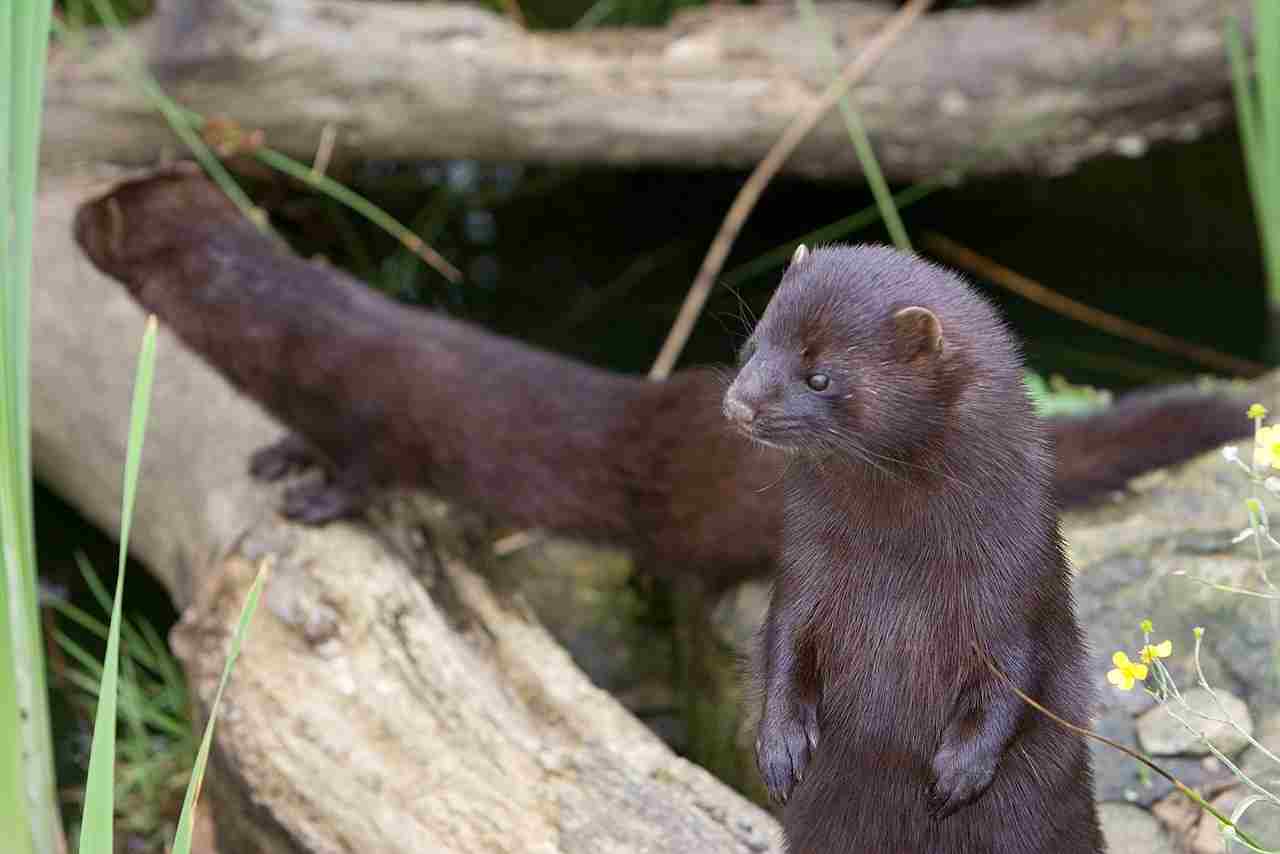
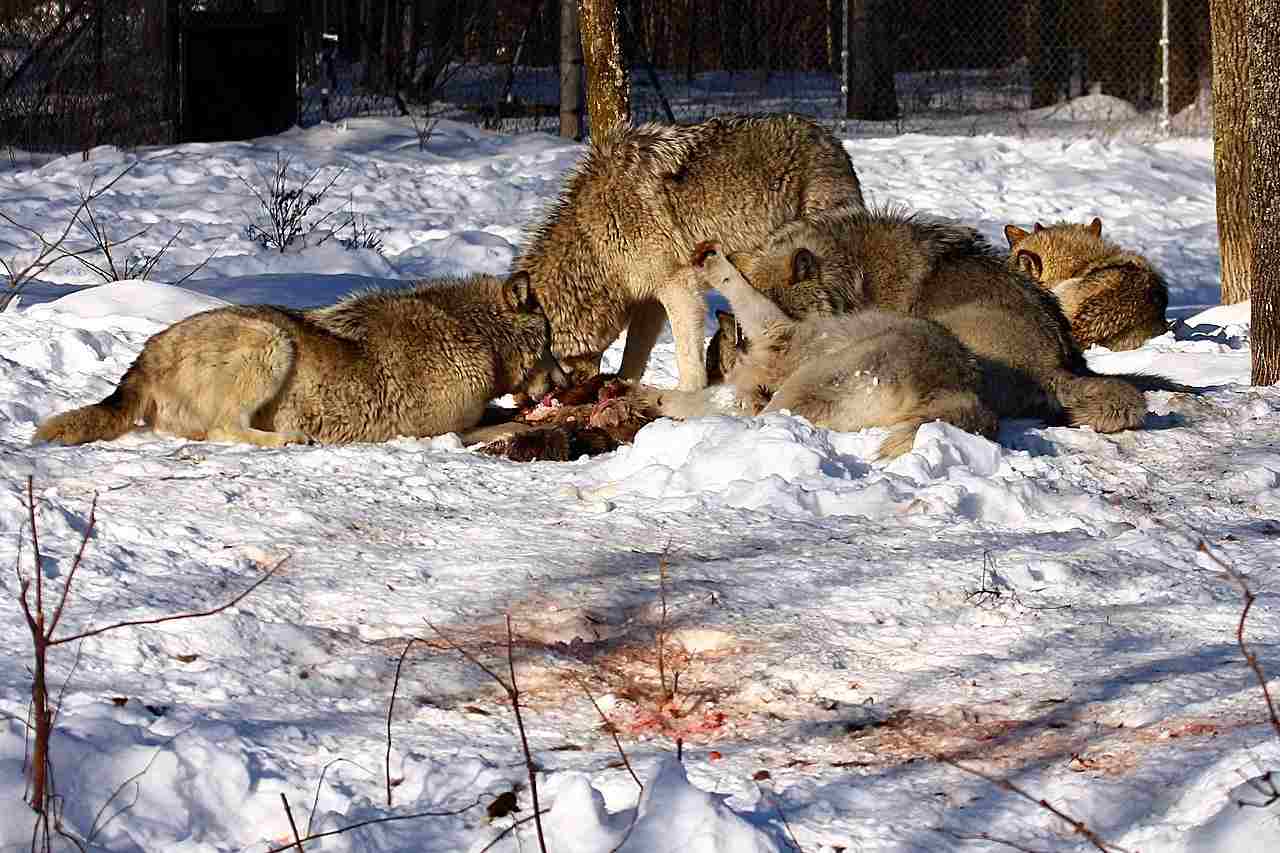

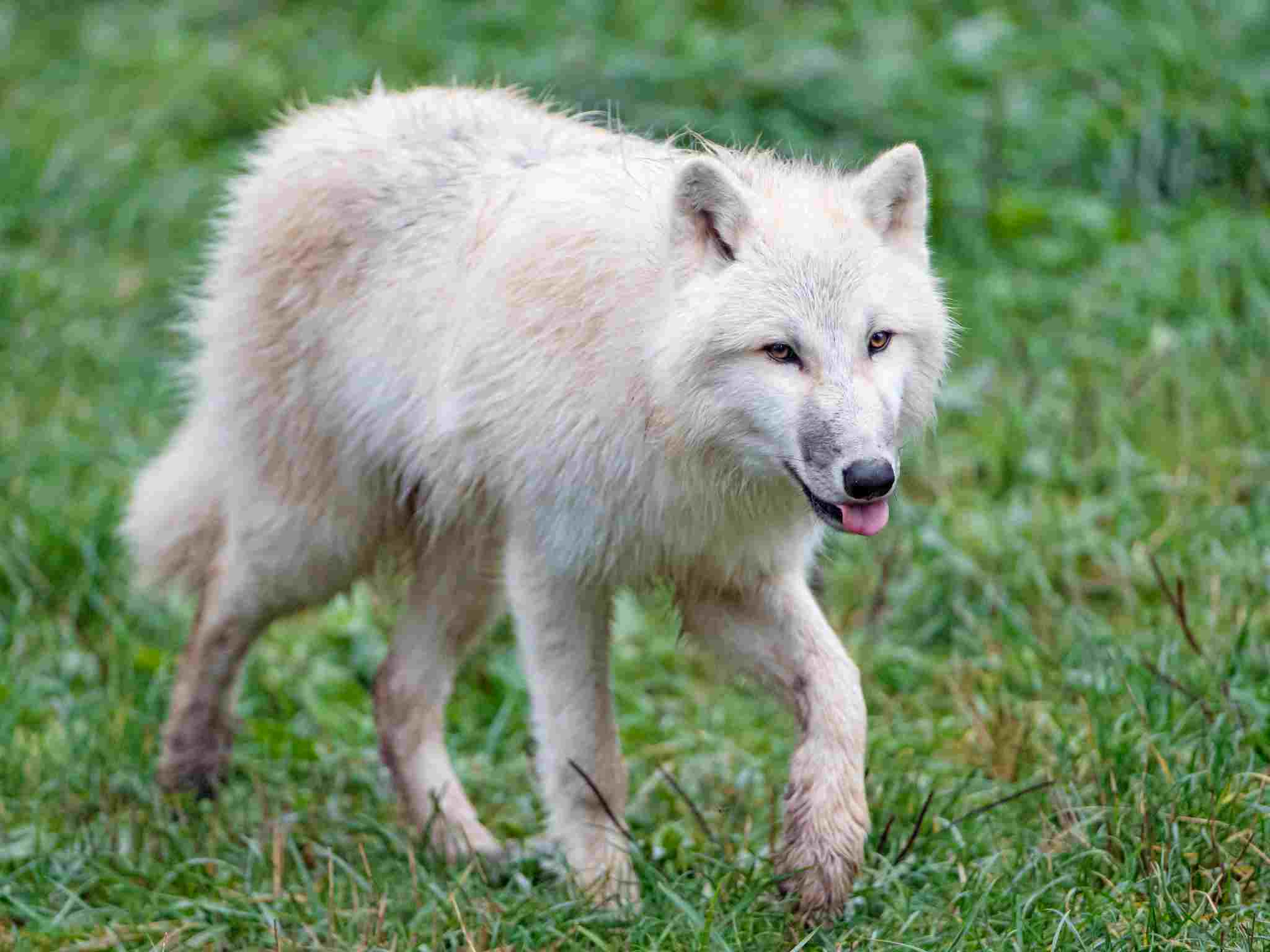
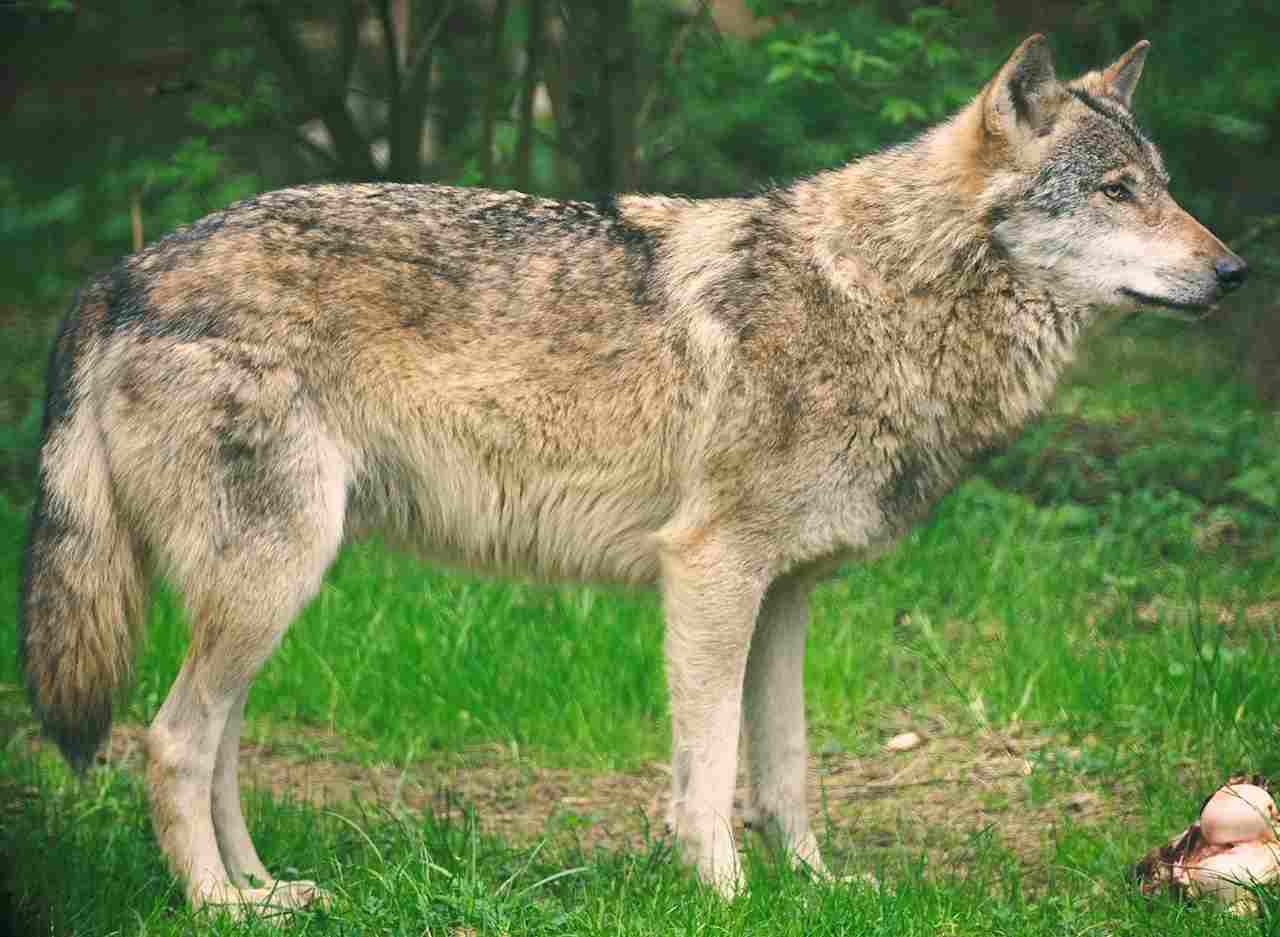
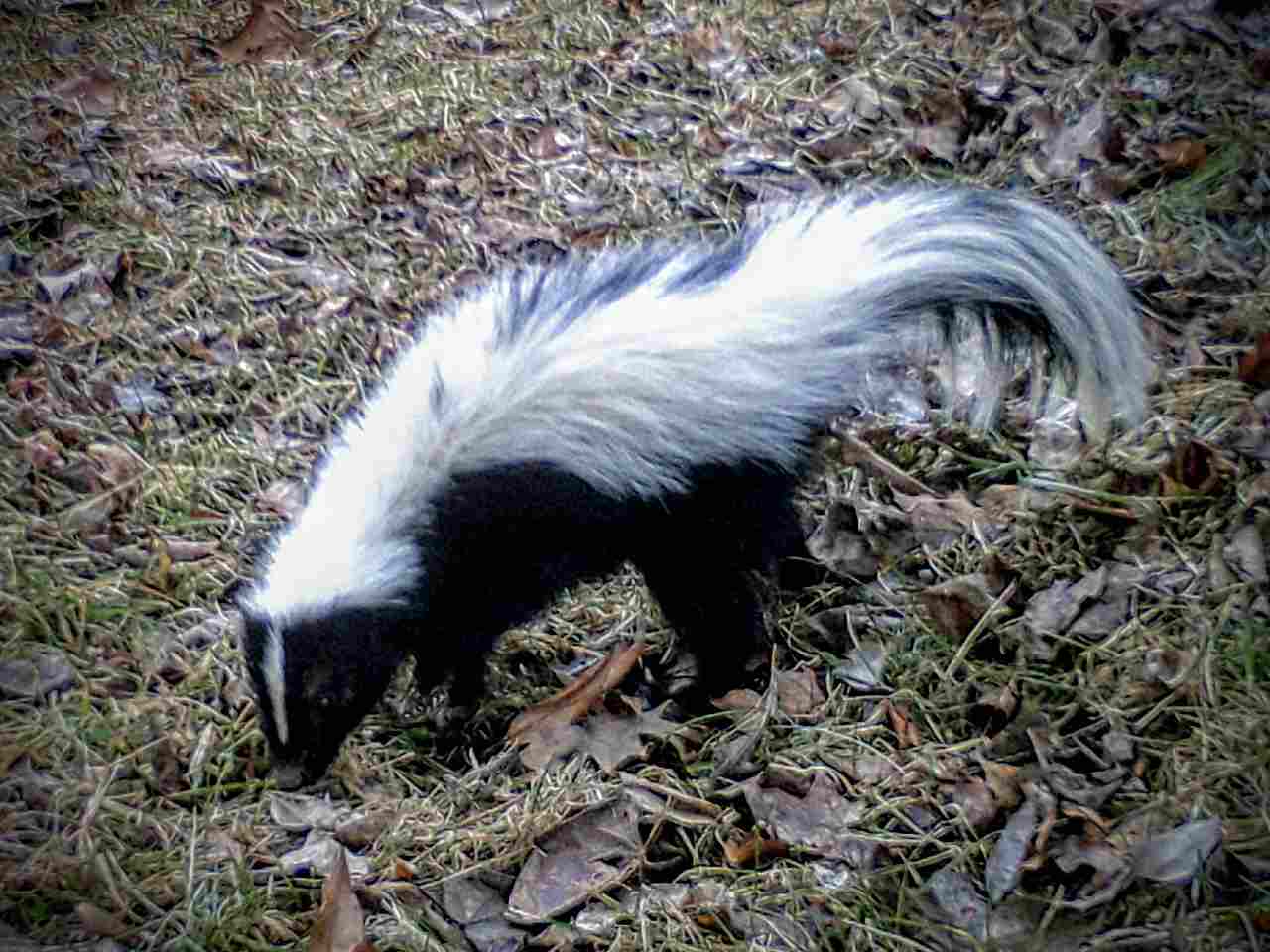
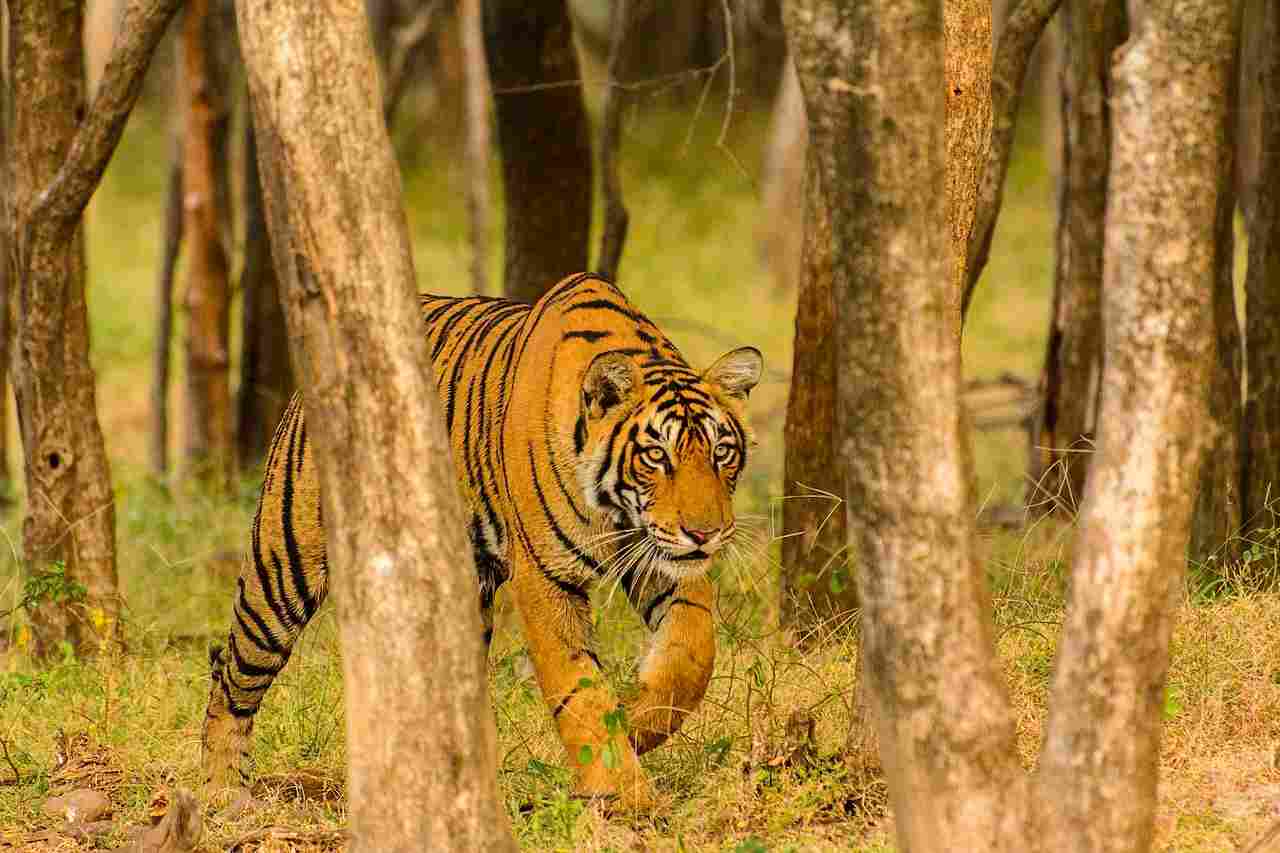
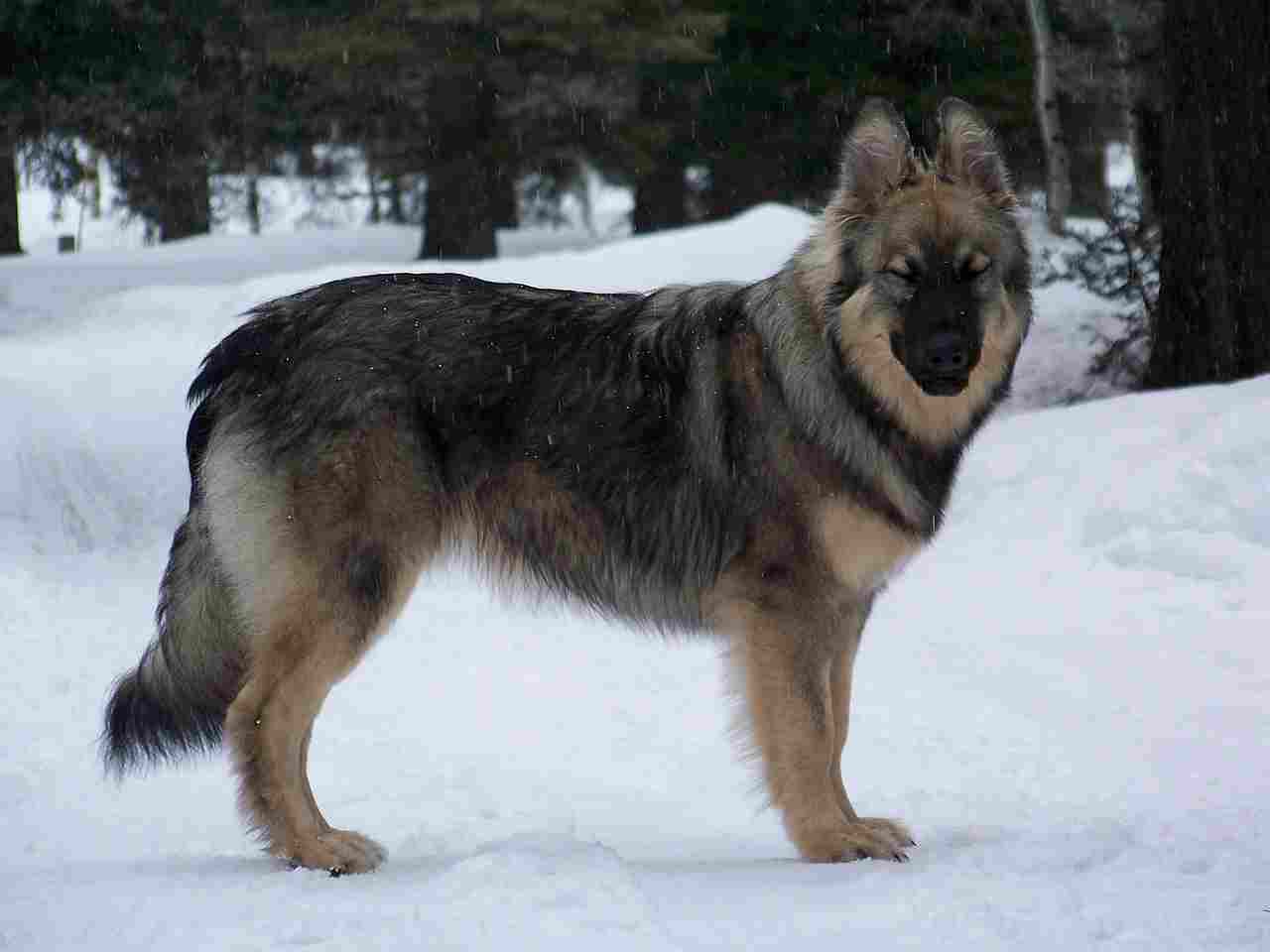
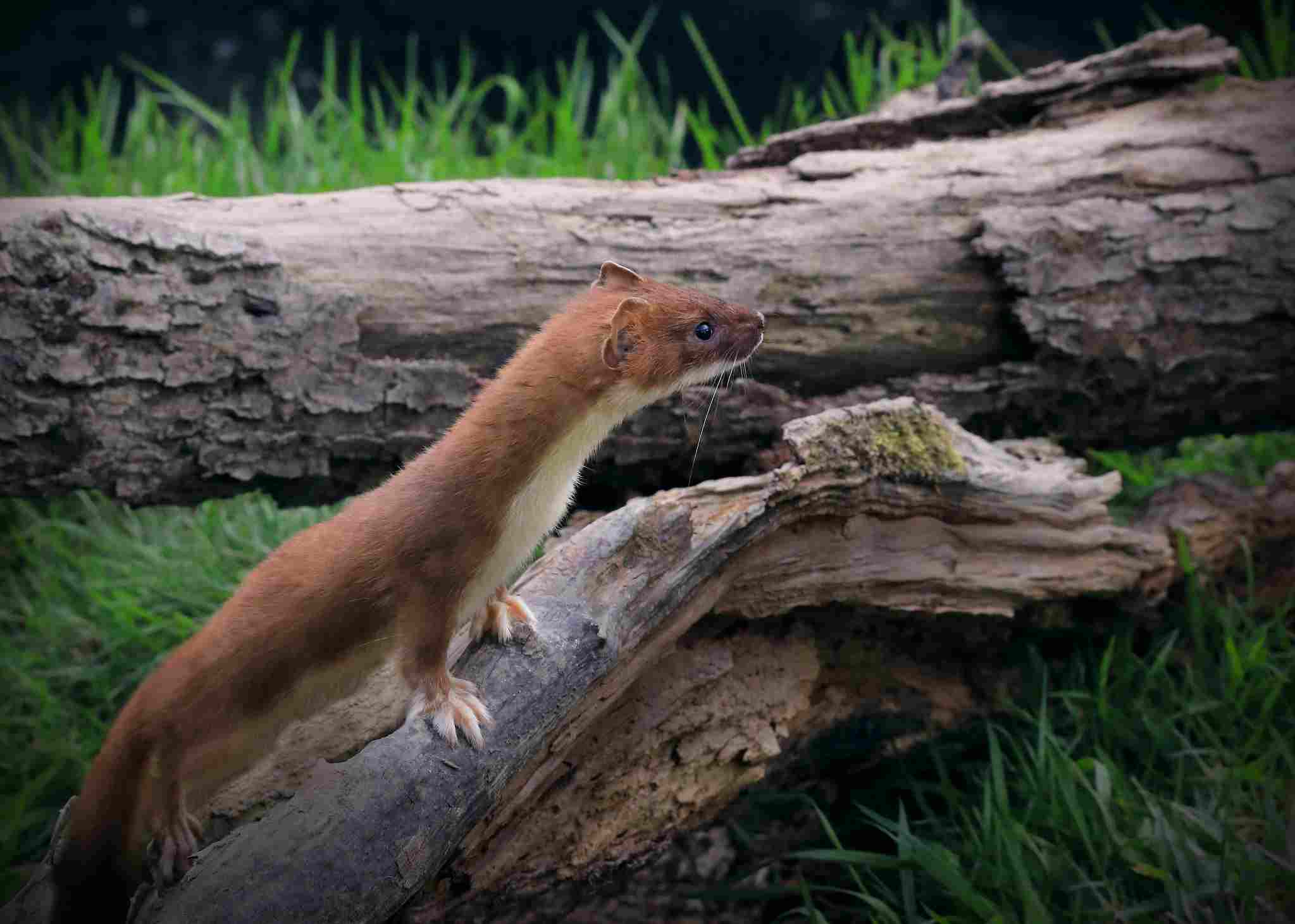
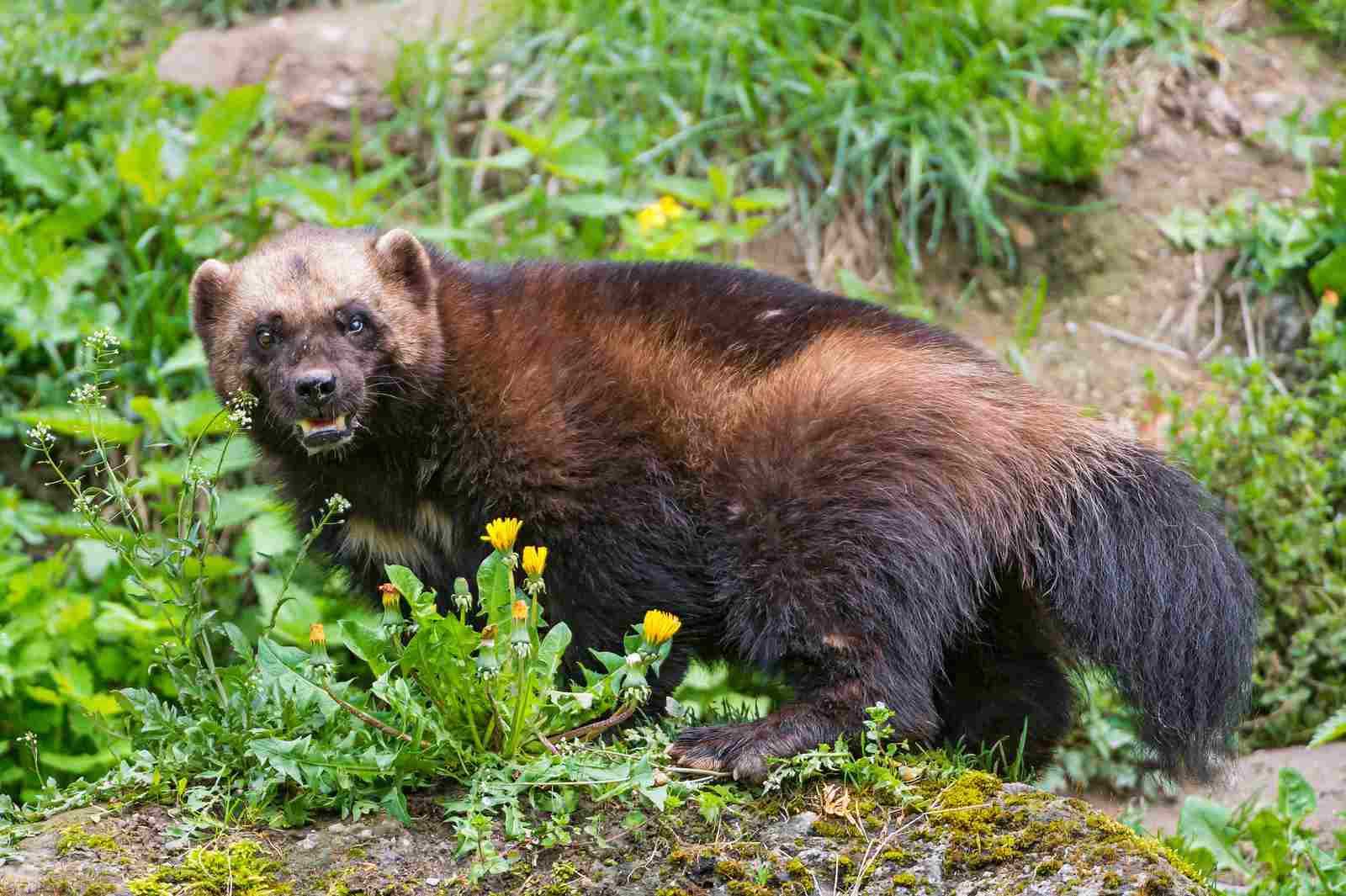
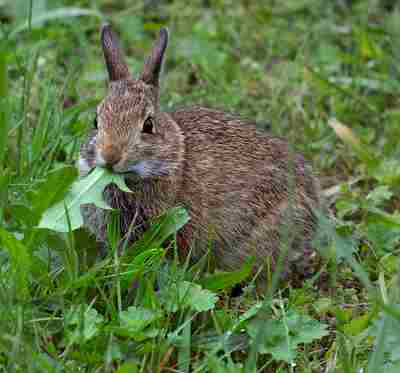


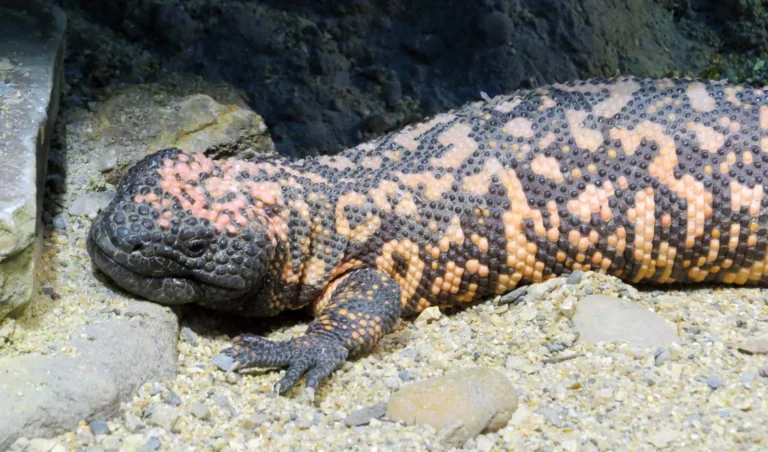
My brother was absolutely right when he suggested that I would like this website. You have no idea how much time I spent looking for this information, but this post made my day.
Thank you for your comment